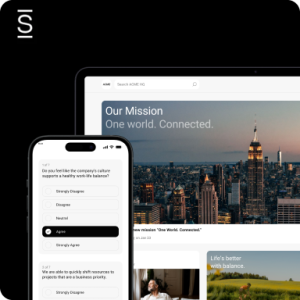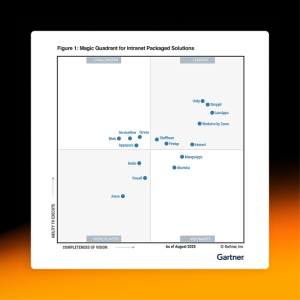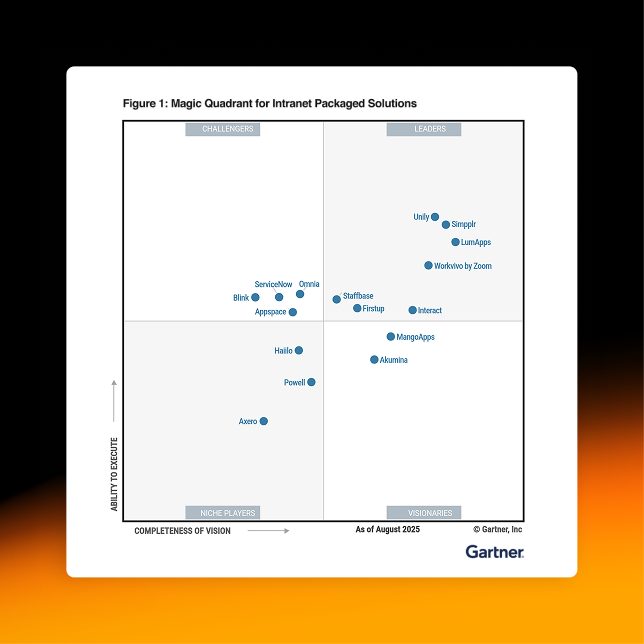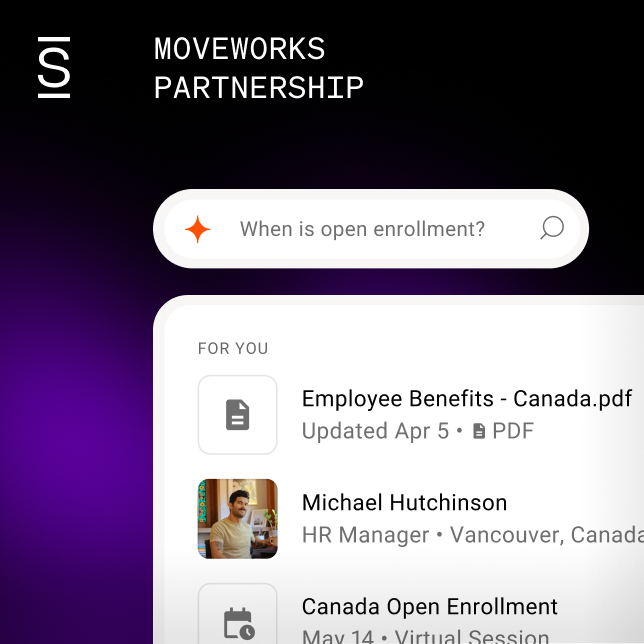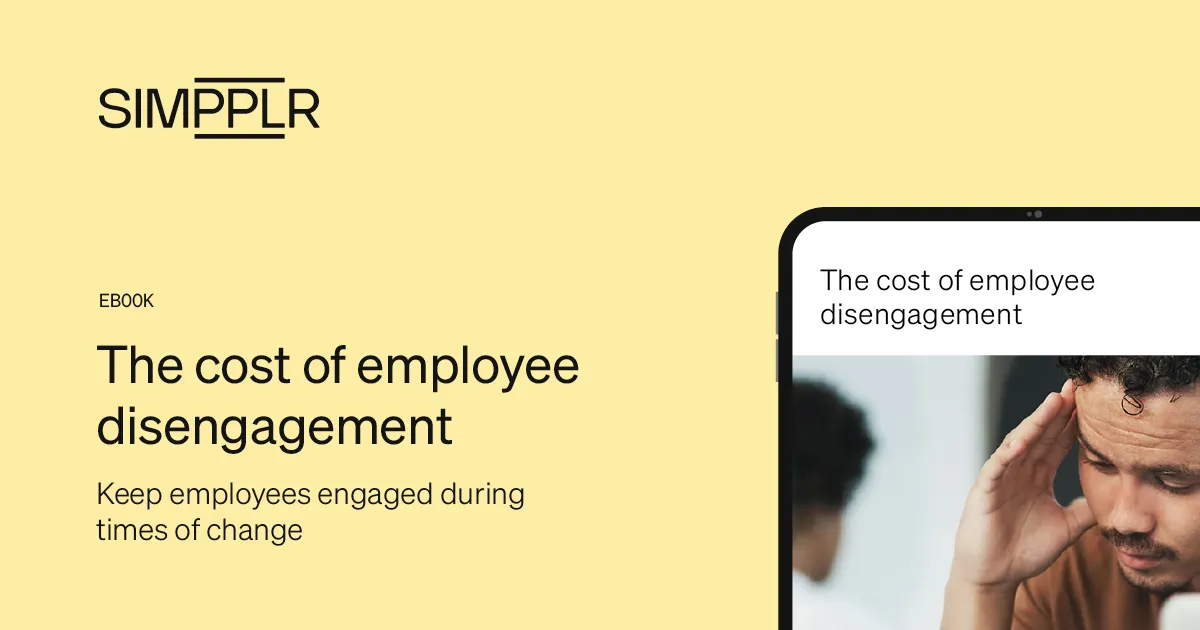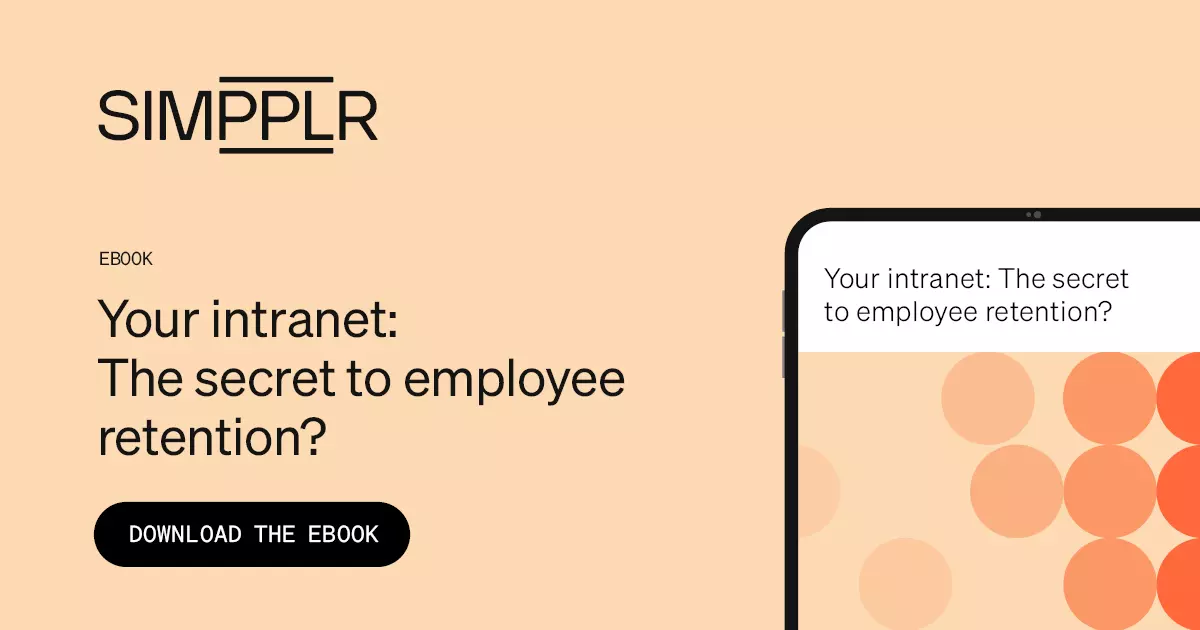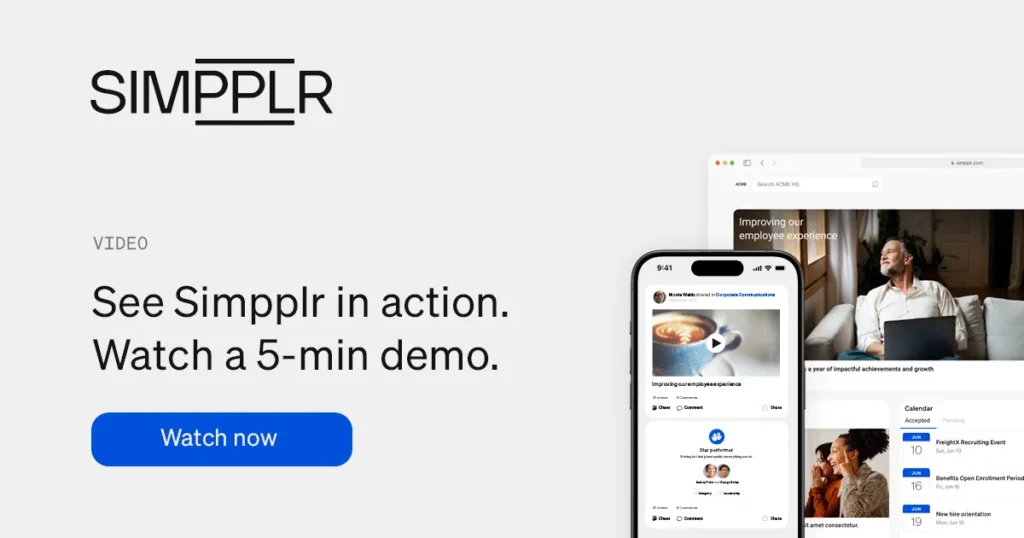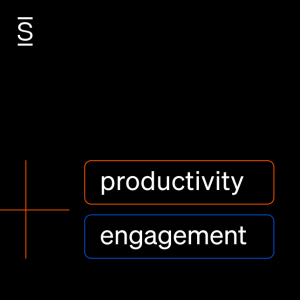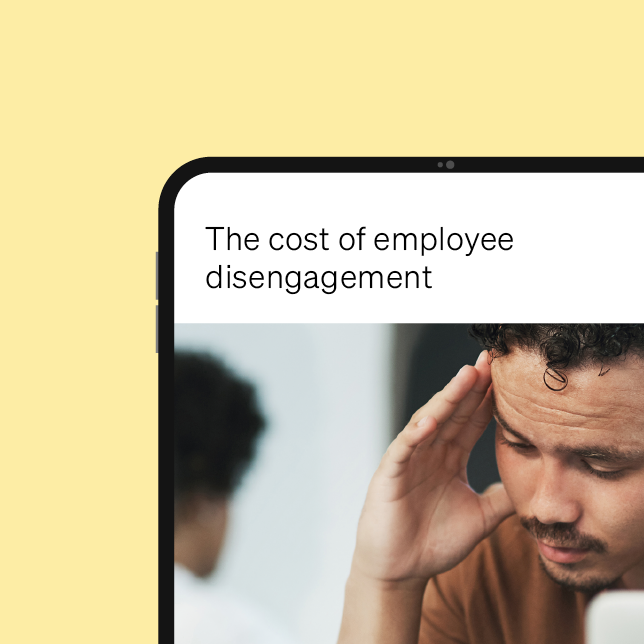In recent years, the culture of contemporary workplaces has evolved. Employees now have more authority and ownership over how and where they work, but they have also become increasingly disconnected from the workplace—and that disengagement comes at a cost.
How employees view their employer can significantly affect whether a business succeeds or fails. Gallup reported in 2022 that about 11% of the global GDP, which amounts to about $7.8 trillion, is being lost annually due to employee disengagement in the modern digital workplace.
This is a significant problem for many industry/business leaders worldwide. Perhaps, your company is in this category? If so, we have helpful tips in our new ebook, The Cost of Employee Disengagement, to help you navigate this challenge sort out next steps to turn things around.
How does disengagement look in the workplace?
Engagement vs disengagement
Engaged employees demonstrate a noticeable level of commitment, enthusiasm for their work, and some measure of dedication to an organization’s objectives. On the other hand, employee disengagement hits differently, and it can adversely affect the basic structure of your company and the general work environment.
Employee disengagement causes reduced productivity, decreased efficiency, higher turnover rates, dissatisfied clients, and more, as we’ll detail a bit below. Disengaged employees become less efficient in their jobs. They compromise the company’s standards because they are less enthusiastic, driven, and motivated.
Disengagement lowers team performance and fosters the creation of a hostile work environment among colleagues. The lack of passion and commitment typically hinders the company’s development. Additionally, disengaged workers are more likely to be absent from work and leave the company, which raises the expense of hiring and training new staff.
So, what causes this dynamic? We have an entire ebook exploring that, but a summary follows!
Causes of employee disengagement

Depending on your organization’s culture and your employees’ needs, you could be doing many things to cause disengagement. We share a number of them in the ebook, including:
Lack of communication: Disengagement is bound to occur if employees don’t feel comfortable sharing their opinions and grievances at work or if they perceive themselves as less essential to the organization. Maintaining a continuous flow of communication and active employee involvement in the company culture helps head this off.
Poor incentives for excellence: Positive behavior is reinforced through rewards. Employee engagement tends to decrease when employees’ efforts and accomplishments aren’t consistently acknowledged and periodically rewarded. This eventually results in lower productivity.
Incentive programs work wonders for encouraging and engaging personnel, such as staff-of-the-month prizes, raises, or even just personalized recognition.
Ignoring employee growth and well-being: A company that does not provide training programs, workshops, or coaching, shows a lack of commitment to employees’ career development. This disregard for improving their abilities and advancing their careers does not go unnoticed. And the absence of efforts to promote employee physical and mental well-being also speaks volumes—and the message it sends is, “We don’t care about you beyond the widget work you accomplish while here.”
Not including employees when it counts: When employees are not included in decision-making processes or their opinions are not sought on significant issues affecting the company, they feel less involved and undervalued, lowering their engagement and commitment.
Businesses thrive if employees feel heard and everyone works toward the right goals. If not, they face unnecessary struggle.
But how do you ensure employees feel heard? That requires creating a culture of belonging, and a host of change management challenges are in store as you lead this transformation.
Creating a culture of belonging

Employees who experience a sense of belonging at their workplace are more likely to collaborate effectively. They are part of a cohesive company culture in which employees are motivated to remain and contribute their best work.
Anchoring employees to the company’s mission, strategy, and core values through high-quality internal communications on a contemporary intranet is important. Use this anchor to establish a more personalized connection. And recognize that engagement requires emotion, and the process can get messy.
Lay the groundwork for an engaging employee experience by restating why they perform their duties and why they are significant—and ensure that message is received. We share strategies for measurement in the ebook.
Finding new ways to engage employees in real-time at any location via any channel is a must and entirely possible with some forward planning. Be sure to provide employees with the necessary resources, tools, technology, and support to enable them to perform their duties with confidence. All of this should be contained in your interactive and iterative employee engagement strategy. Strengthening your company’s culture requires no less!
Saying goodbye to employee disengagement
Employee disengagement—however and whenever it is caused—requires swift, decisive action. There’s no time lapse once disengagement sets in, and as soon as it does, stress levels rise in the workplace.
A disengaged employee works less and therefore places more pressure on co-workers and will cause some of them to feel disturbed and insecure. Individuals become distracted, teams no longer align, and performance drops. Customer dissatisfaction soon follows, and the company brand and reputation are harmed.
The Cost of Employee Disengagement digs in and explores this impact and associated consequences of disengagement within organizations. There are actionable steps, expert insights, and practical strategies to re-engage your workforce. It’s a roadmap to create a more engaged and motivated workforce.
It will help you transform your organization and drive sustainable growth, so be sure to download it today. And request a demo of our employee experience platform as well, so we can show you some strategies to help get employees re-engaged right away!


